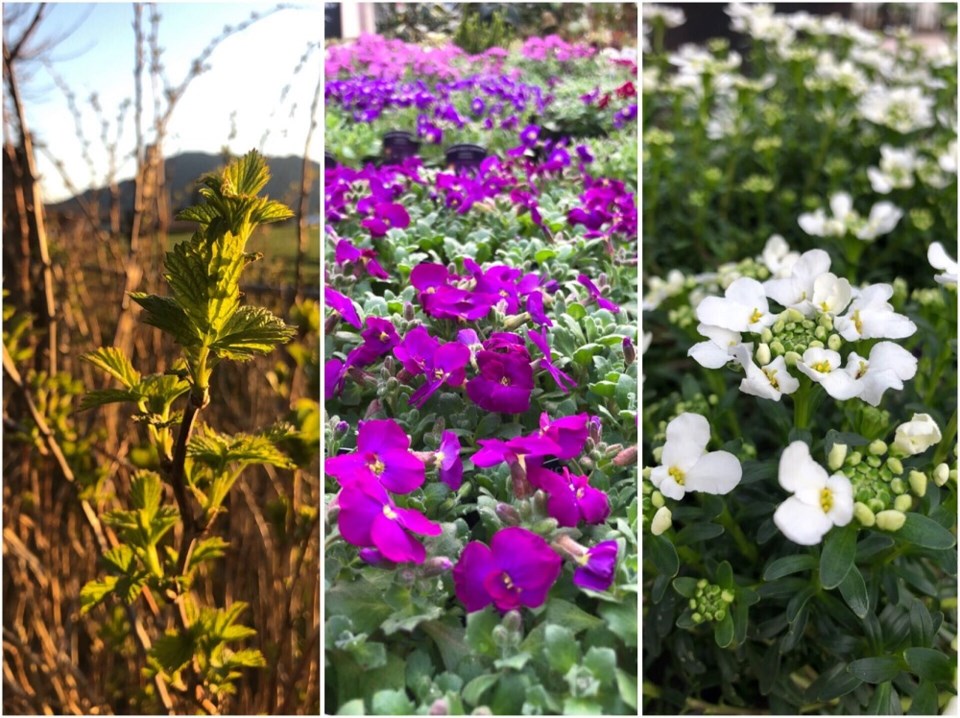With our exceptionally mild weather it’s tempting to get started on our gardens, both for colour and food production.
The very best advice I can give you is: proceed with caution.
Even though many of us are anxious to begin planting, it’s always safer to be a little late than too early. This is a case where the early bird can get a heavy frost or a late snowfall, which is especially true with our new realities of more extreme weather patterns, and have to start all over again.
As a rule of thumb, when we get consistent day time temperatures of 10°C or higher, cool crops like onions, early potatoes, peas and broad beans can be planted safely.
If you look at the weather apps we all have on our smartphones, you’ll see some potential frost and even some snow forecast for the next week, so why risk those early crops?
It’s okay to prepare our soils, add lots of organic matter and lime, where needed, but hold off on planting tender plants until the longer-range forecasts are more consistent with higher nighttime temperatures which will stay above freezing.
In terms of edibles, small fruits can certainly go in now, especially if they have been properly hardened off or acclimatized to outdoor conditions. All the berries, like raspberries, currants, gooseberries, grapes and so on can be planted now as well and of course, you’re good to go with all your fruit and nut trees.
The addition of fine fir or hemlock bark mulch blended into the planting hole will help them become established far more quickly and really draw out all the roots. I would hold off on strawberries just for another couple of weeks though. Rhubarb, horseradish, and hardy perennial herbs like oregano and chives are also fine to go into the garden at this time.
In terms of colour, you’re fine to plant all the beautiful winter flowering shrubs like witch hazels, pussy willows, and viburnums now for a great display next year, as well as the soon-to-bloom varieties like forsythia and flowering quince so you can enjoy their colour this spring.
Hummingbirds will really appreciate it if you pop in some red flowering currants too.
Adding early blooming perennials to your garden now will give you some much needed colour, and you will enjoy them for many years ahead.
White arabis, purple aubrieta, and yellow alyssum are the first vibrant colours for our gardens. White iberis, or Candytuft, has also become very popular as an accent to early spring bulbs, and I love the addition of evergreen euphorbias with their striking lime green flowers.
All of these, and many more hardy plants can safely be planted now, but hold off on the more tender varieties until our new weather patterns are a little more suitable for them to grow well.
Patience, and some garden wisdom will pay huge dividends, especially this spring.



